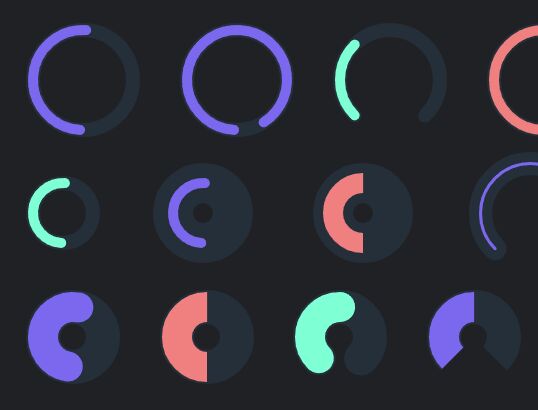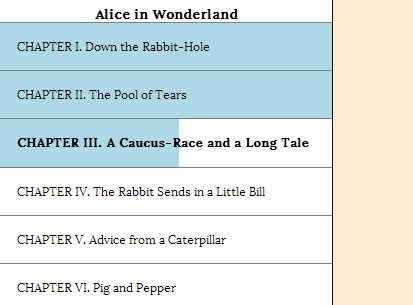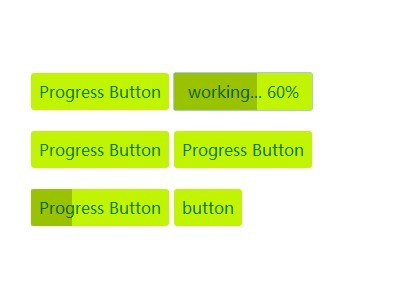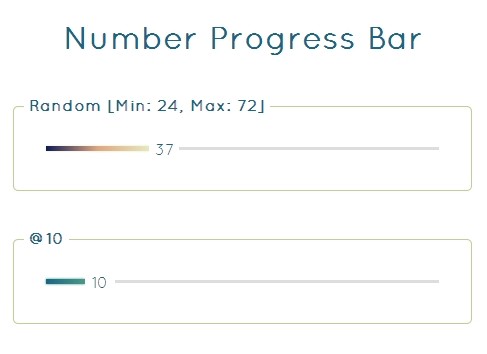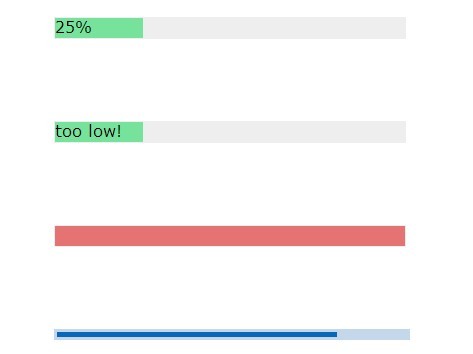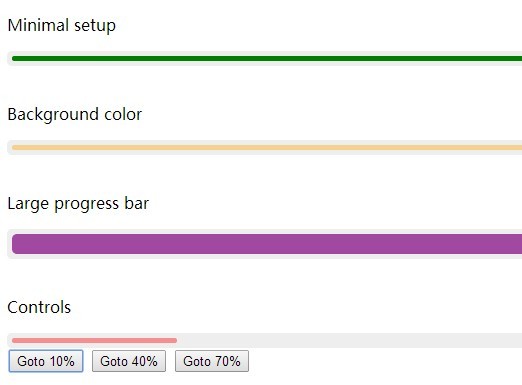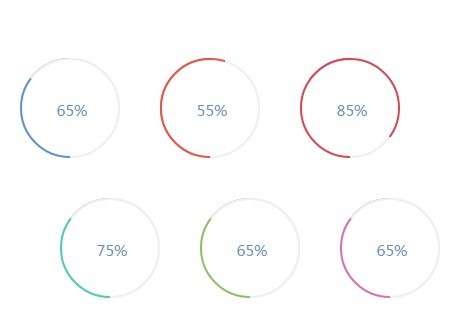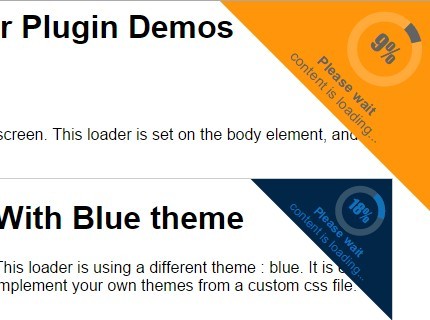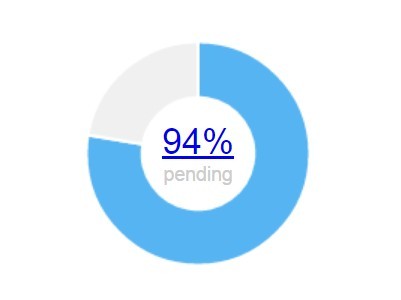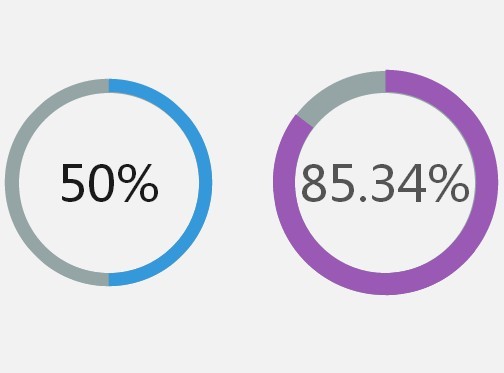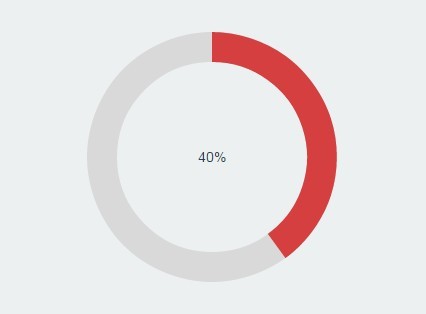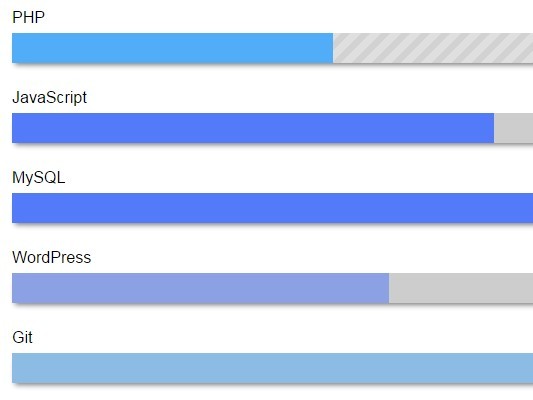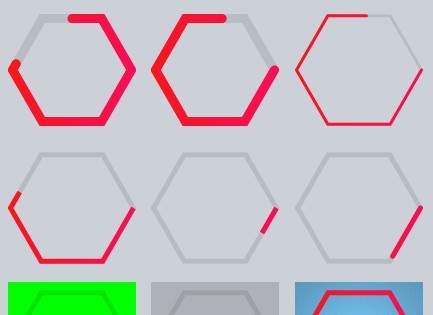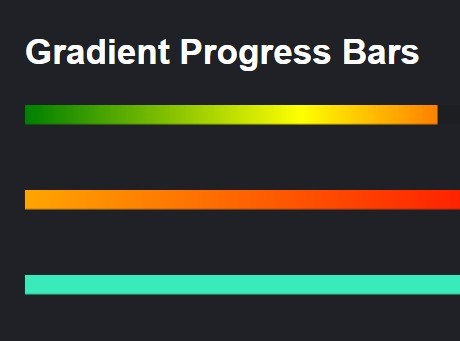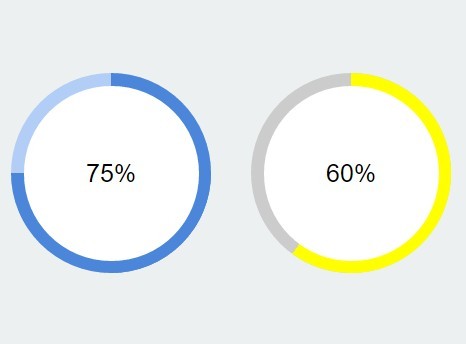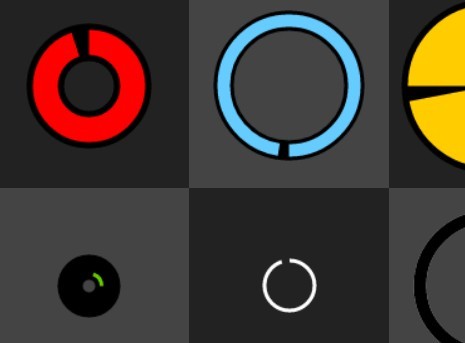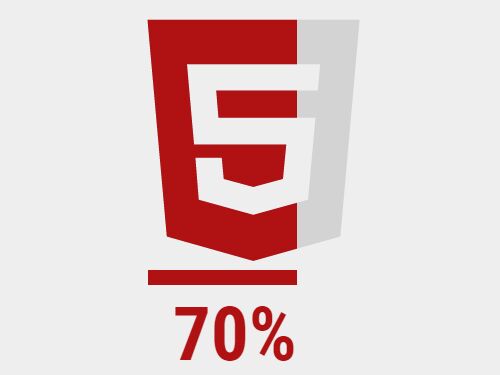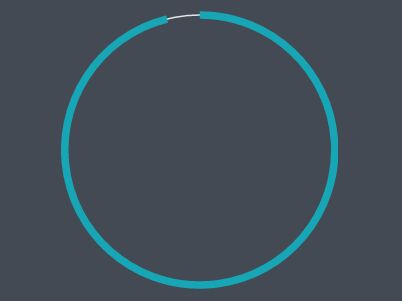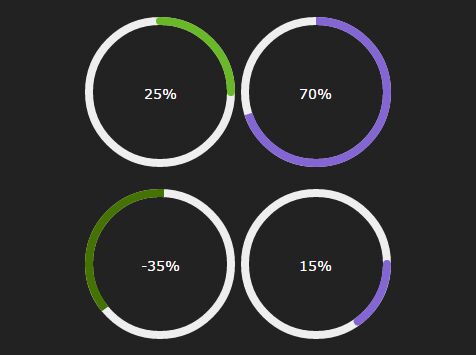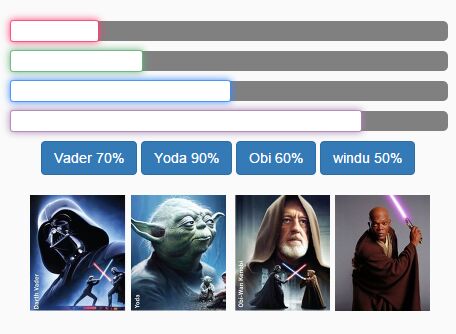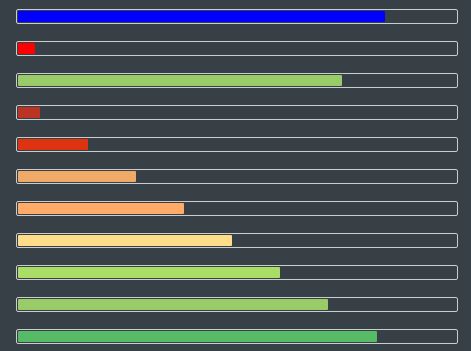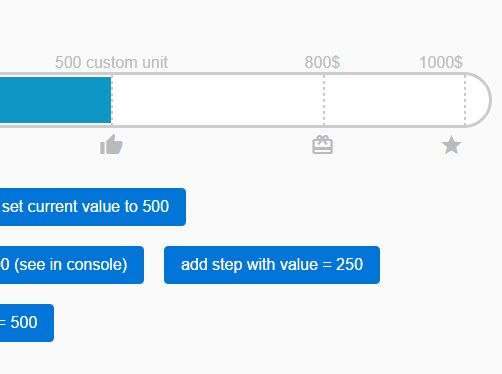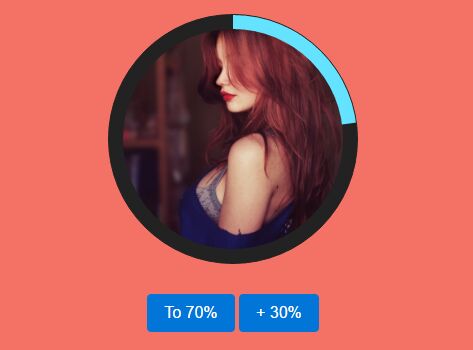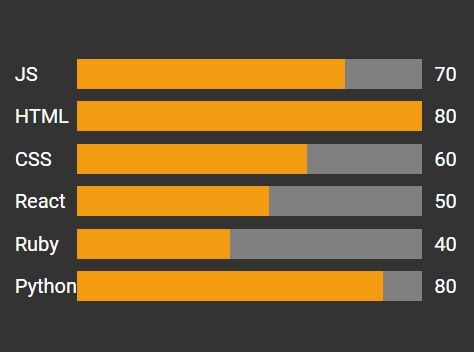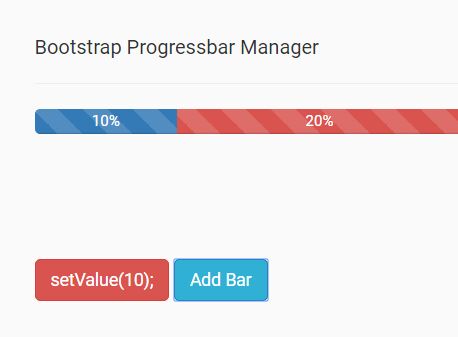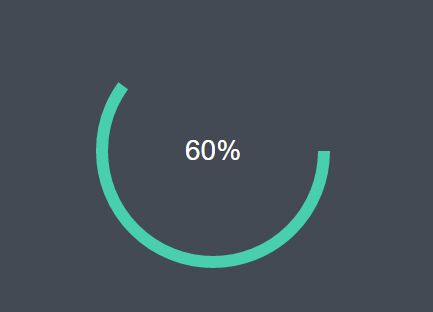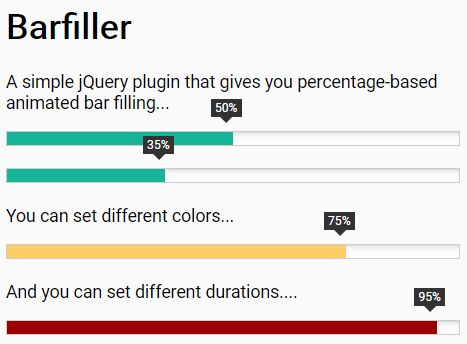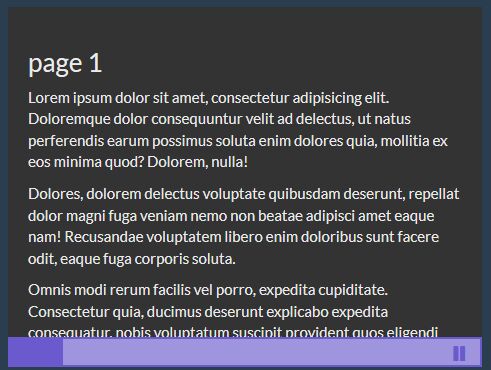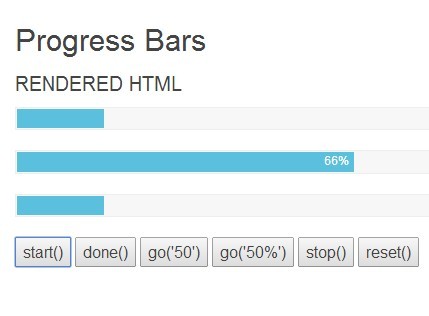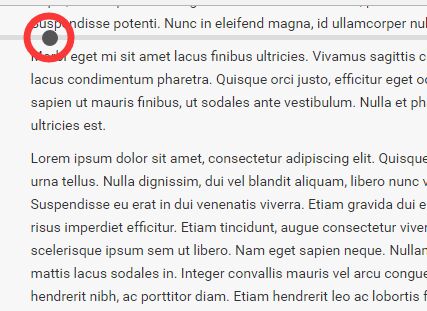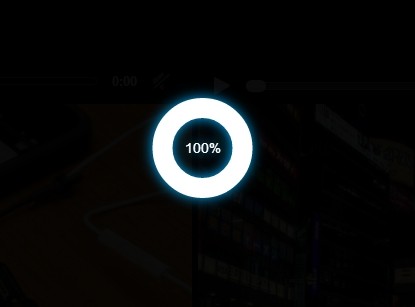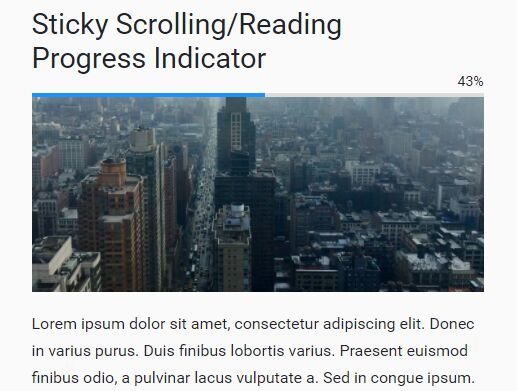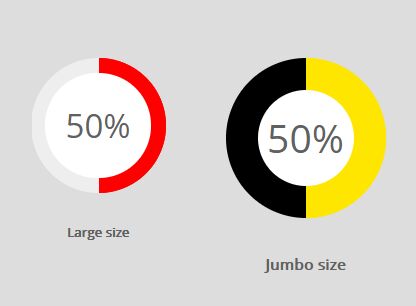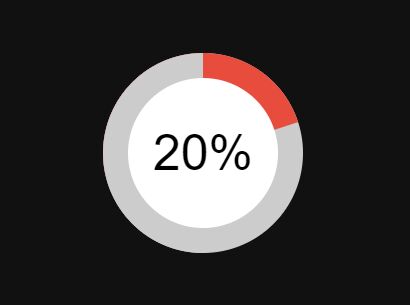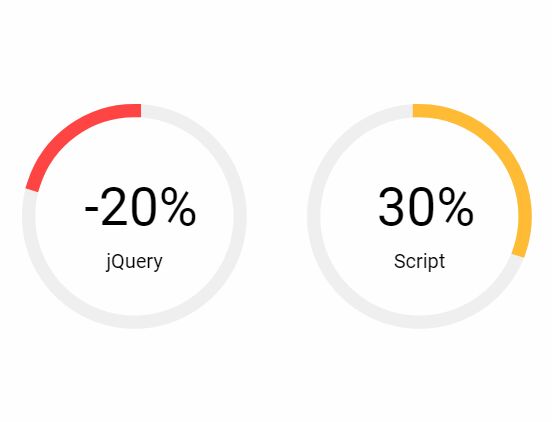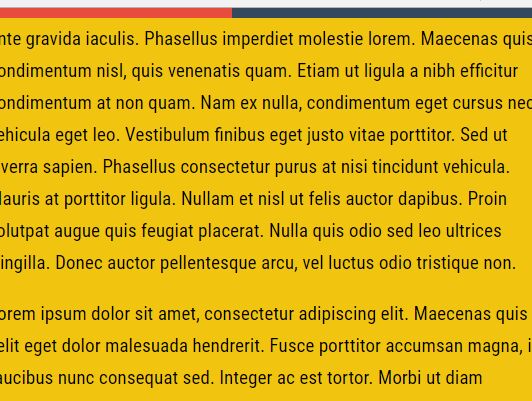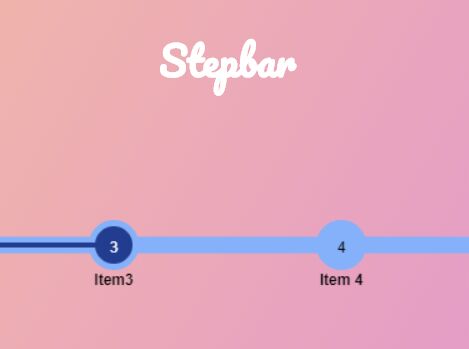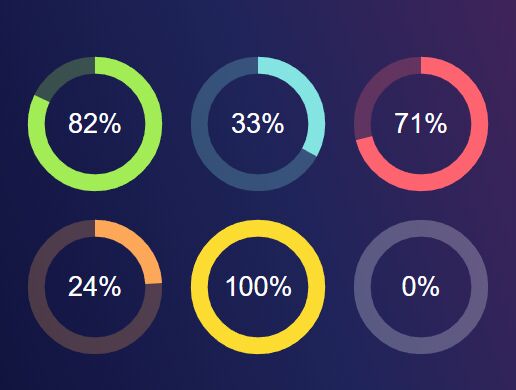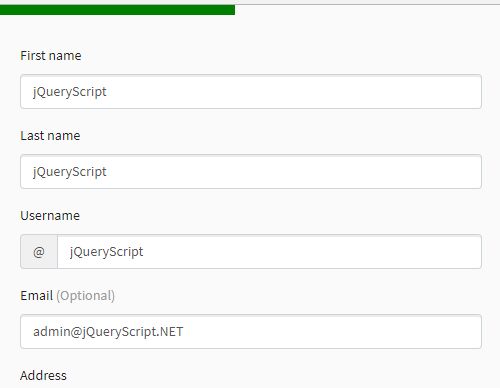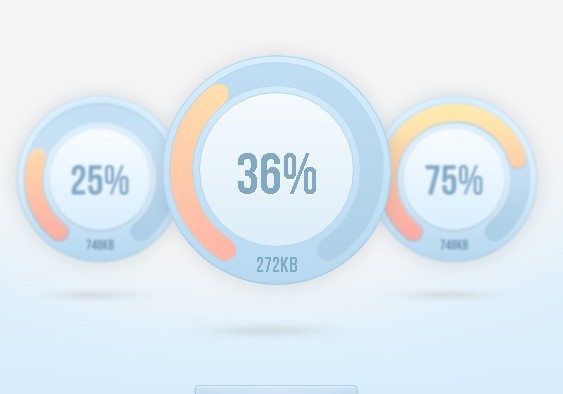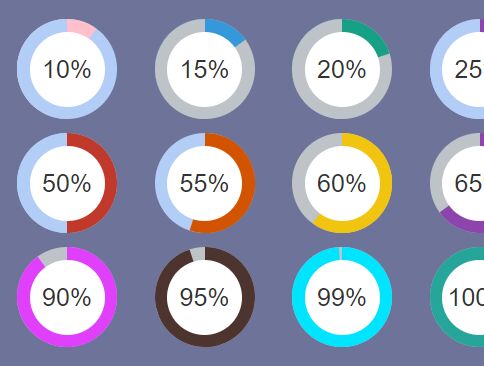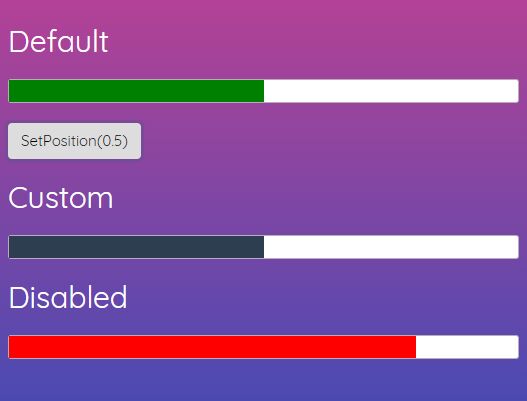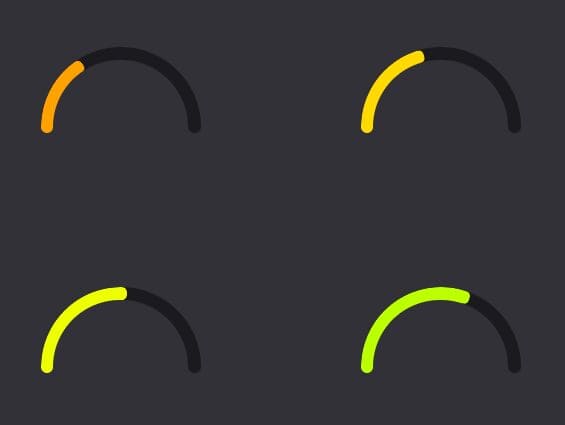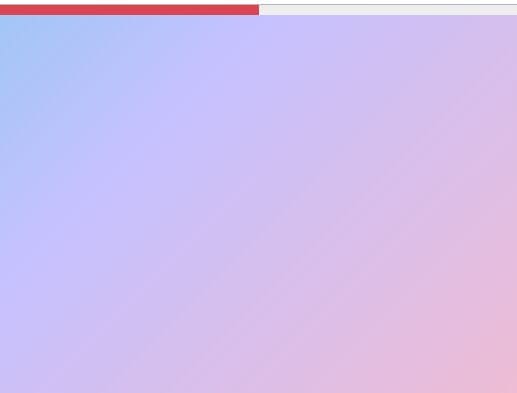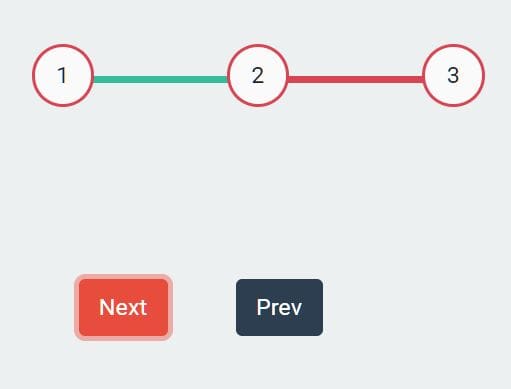donutty 🍩 📉
Simple (but powerful) SVG donut charts with JavaScript (or jQuery)

see a bunch of examples on CodePen
installation
in your terminal, use one of the following;
yarn add donuttynpm install donuttybower install donuttyusage
Once you have the package installed in your node_modules/ folder by following the installation above then you may include the ./dist/ file of choice:
donutty.min.jsdonutty-jquery.min.js
classic
You may include the javascript directly in to your html files by using a direct <script> tag;
<script src="/node_modules/donutty/dist/donutty.min.js"></script>This method is not really ideal for a modern web application, though.
bundle
A better way to include donutty is to add it to your vendor bundle, this can be done many ways with tools such as gulp or webpack. In those scenarios you might want to use the dist/donutty.js file as the entry point.
configuration
There's a couple of ways to configure donutty depending on how you prefer:
htmldata attributes
This way uses data attributes in theDOM(html) to configure the options of donutty
<!-- this will create a donut chart with a mininum value of -50, maximum of 50 and a set value of 33 --> <div id="donut" data-donutty data-min=-50 data-max=50 data-value=33> </div>jsinitialisation
This method uses a javascript accessor to initialise and configure donutty's options
// this will create a donut chart on #donut with a minimum value // of -50, maximum of 50 and a set value of 11 // jquery var donut = $("#donut").donutty({ min: -50, max: 50, value: 11 }); // or vanilla var donut = new Donutty( document.getElementById( "donut" ), { min: -50, max: 50, value: 11 });options
| option | type | default | description |
|---|---|---|---|
min | Number | 0 | the minimum value the donut can be |
max | Number | 100 | the maximum value of the donut |
value | Number | 50 | the actual value of the donut |
round | Boolean | true | if the edges of the donut are rounded or not |
circle | Boolean | true | does the donut create a complete circle or not |
radius | Number | 50 | the radius of the donut (size, essentially, but can be made auto with css) |
thickness | Number | 10 | how thick the actual donut track is |
padding | Number | 4 | padding between the background (track) and the donut |
bg | String | "rgba(70, 130, 180, 0.15)" | the color of the background (track) |
color | String | "mediumslateblue" | color of the actual donut |
transition | String | ¹ see below | the animation which runs on the donut |
text | Function | false ² see below | a function for returning a text/html String |
1 default transition
"all 1.2s cubic-bezier(0.57, 0.13, 0.18, 0.98)"
Check out all the options on CodePen
2 text function
false
You may pass a Function to the text option which returns a valid String. this will append a html string which can be used to visualise the value:
{ text: function( state ) { return ( state.value / ( state.max - state.min ) * 100 ) + "%"; // return the percentage of the donut } }methods
There are some methods available for updating/changing values on the donut chart after it has been created. These are accessible by creating a reference to the chart in javascript.
// first create the donut chart var elem = document.getElementById( "donut" ); var chart = new Donutty( elem, { max: 500, value: 100 }); // then lets modify the values chart.set( "value", 300 ).set( "min", 100 ).set( "max", 300 ).set( "bg", "aquamarine" ).set( "color", "slategrey" ); // or; chart.setState({ min: 100, max: 300, value: 300, color: "", bg: "aquamarine", color: "slategrey" )| method | arguments | arg types | description |
|---|---|---|---|
set | property, value | String, Number | Set a property's value (min, max, value) |
setState | newState | Object | Set the values for multiple properties (min, max, value, bg, color) |
contributing
- Please feel free to raise bugs/issues if found, and submit pull-requests.
😊 - For additional features; please open a discussion before submitting a pull-request.
- Follow the formatting as described in the config files.
